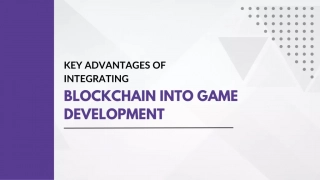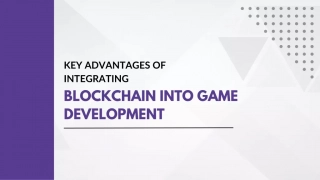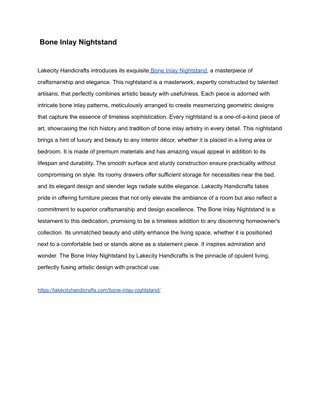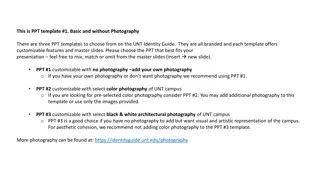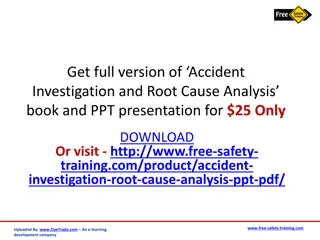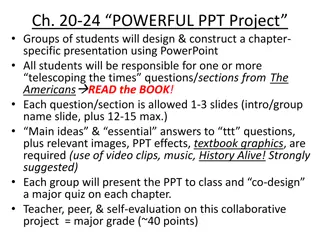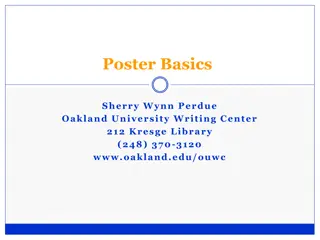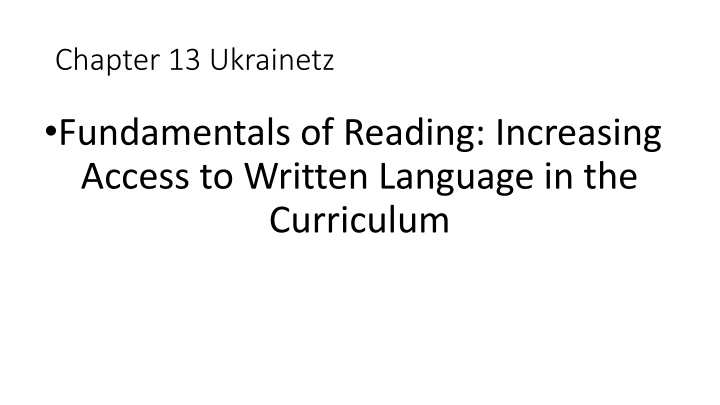
Processes of Reading Development and Fluency
Discover the critical stages and processes involved in developing reading fluency, word identification, and language awareness. Gain insights into the correlation between oral language deficits and reading difficulties, as well as the impact on educational outcomes. Explore practical strategies to enhance reading skills and support literacy development in early learners.
Download Presentation

Please find below an Image/Link to download the presentation.
The content on the website is provided AS IS for your information and personal use only. It may not be sold, licensed, or shared on other websites without obtaining consent from the author. If you encounter any issues during the download, it is possible that the publisher has removed the file from their server.
You are allowed to download the files provided on this website for personal or commercial use, subject to the condition that they are used lawfully. All files are the property of their respective owners.
The content on the website is provided AS IS for your information and personal use only. It may not be sold, licensed, or shared on other websites without obtaining consent from the author.
E N D
Presentation Transcript
Chapter 13 Ukrainetz Fundamentals of Reading: Increasing Access to Written Language in the Curriculum
I. INTRODUCTION** We ve said before that 2/3 of the children who finish grade 4 reading below grade level end up in prison, receiving government assistance, or both 2/3 of children with oral language deficits also have difficulties with reading and writing Nearly 75% of poor readers in second grade have an early history of spoken language deficits
III. PROCESSES INVOLVED IN WORD IDENTIFICATION A. Introduction--Review
Phonemic awareness (what we have also called phonological awareness):** Involves segmenting and blending phonemes E.g., c-a-t what word is that? Say bacon without the /b/ Does fish rhyme with dish?
IV. STAGES OF READING DEVELOPMENT** (Challs stages) A. Introduction Please know the chart on page 497 thanks! Stage 0 prereading 0-5 yrs. Children are developing spoken language and phonological awareness Nursery rhymes and games are common Children begin to recognize very high frequency words as wholes (logographic reading)
Take a slappy hand and childrens book and go through the whole book: When the child lands the slappy hand on a word, they have to say each letter and sound in the word For example, if they land on some: It starts with the letter s which sounds like /s/ The next letter is o and sounds like /uh/ The next letter is m and it sounds like /m/ Etc.
C. Challs Stage 2: Confirmation, Fluency, and Ungluing From Print
Sherman, H. (2022, December). The ASHA Leader Live.** She gave suggestions about how to support older students reading comprehension Before students read a difficult expository story, she shows a YouTube video to increase comprehension She also uses Simon s Cat videos to help students come up with the main idea She uses the website Baamboozle to help students verbalize the main idea while playing a free online game
F. Challs Stage 5: Construction and Reconstruction
V. PRACTICAL TECHNIQUES FOR IMPROVING READING SKILLS A. Introduction
B. Incorporating Phonemic Awareness Into Phonics** (to review) Phonics: The letter R sounds like errr. Letter-sound correspondence. The letter C can sound like /k/ or /s/. (can, cup, Cindy, Celeste). (to review) Phonemic/phonological awareness: manipulate sounds (e.g., say fast without the /t/ )
Make rules explicit: ** When you see gh, the sound is /f/ (enough, tough, cough) The gh can also be silent (through, bough)
D. Other Practical Strategies for Improving Reading Skills
Associate a sound with an animal** /r/ is our tiger sound Zoo Phonics is a terrific program https://www.youtube.com/watch?v=PvbqYnwwaLw Zoo Phonics Signals and sounds with movement
Teach a few letters like m, s, t, l, a** Then have children make as many words as they can out of them Let s do this! Take the small cards I ve given you I ll give you one minute to make as many words as you can Write them down prizes to the winners!
Have speed drills Miss Celeste s magic words
Youtube video. Celeste Roseberry How to Improve Reading Fluency
Group ActivityMeanings of Prefixes and Suffixes** This activity helps us learn how to teach students to improve reading fluency and build academic vocabulary knowledge for improved reading comprehension Diehl 2023 tells us that work on morphology has an excellent impact on reading comprehension p. 2 highlight all prefixes and suffixes in sentences Page 4 highlight/underline all the vocabulary words from pages 2-3 Verbally summarize the story with your partner



